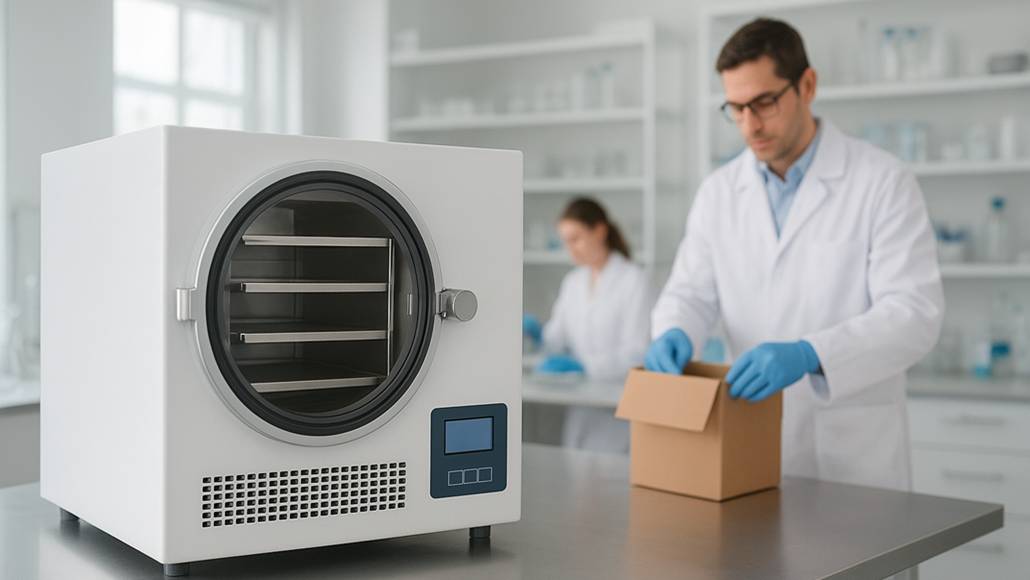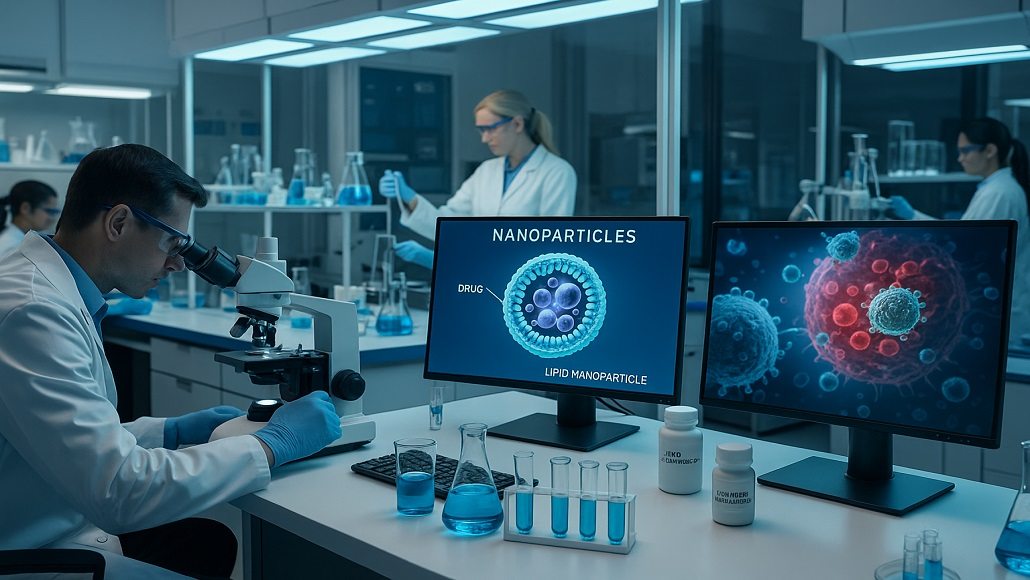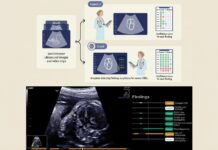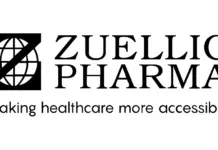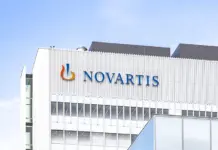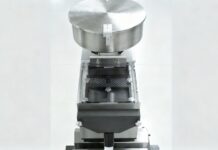Celgene Corporation announced detailed results from the maintenance phase of the TOUCHSTONE phase 2 clinical trial of Ozanimod, an investigational compound, in patients with moderate to severe ulcerative colitis at the American College of Gastroenterology (ACG) Annual Scientific Meeting in Honolulu. In the trial, a significantly greater proportion of patients on Ozanimod achieved or maintained clinical remission at 32 weeks compared with those on placebo.
“Along with the previously reported results from the induction phase of this trial, data from the maintenance phase suggest that orally administered Ozanimod has the potential to help patients with moderate to severe ulcerative colitis,” said Dr. Stephen Hanauer, Medical Director, Northwestern Medicine Digestive Health Center, and Professor of Medicine-Gastroenterology and Hepatology, Northwestern University Feinberg School of Medicine.
The TOUCHSTONE trial evaluated the efficacy and safety of 0.5 mg and 1 mg doses of Ozanimod compared with placebo after eight weeks of treatment (induction phase) in 197 patients with moderate to severe ulcerative colitis. The primary endpoint was the proportion of patients in remission at week 8. Secondary endpoints were: the proportion of patients achieving a clinical response, the proportion of patients with mucosal improvement and the change from baseline in Mayo score. Previously reported results showed TOUCHSTONE met its primary endpoint and secondary endpoints with statistical significance for patients on the 1 mg dose of Ozanimod versus placebo in the 8-week induction phase.
For the maintenance phase, 103 patients who achieved a clinical response at week 8 (reduction in Mayo score of ≥3 and ≥30 percent with a decrease in rectal bleeding score of ≥1 or a rectal bleeding score ≤1) continued with their original treatment for an additional 24 weeks; of these, 91 patients completed 32 weeks of treatment.
Twenty one percent (14/67) of patients on Ozanimod 1 mg achieved or maintained clinical remission at week 32 [compared with 6 percent (4/65) on placebo (p=0.0108) and clinical response at week 32 was achieved or maintained by 51 percent (34/67) and 20 percent (13/65) of patients, respectively (p=0.0002)].
Mucosal improvement was also significantly more likely with Ozanimod 1 mg than with placebo at week 32 [22/67 (32.8 percent) vs. 8/65 (12.3 percent); p=0.0046)].
Adverse events (AEs) occurred in 11/42 (26.2 percent) patients in the Ozanimod 1 mg arm, 4/36 (11.1 percent) in the Ozanimod 0.5 mg arm and 8/25 (32.0 percent) in the placebo arm. The most common AEs were worsening of ulcerative colitis (1, 0 and 2 patients, respectively) and urinary tract infection (0, 1 and 1). No AEs of special interest (cardiac, pulmonary, ophthalmologic, hepatic, malignancy or serious infection) were reported during the maintenance phase.
“Ozanimod has the potential to offer a novel oral therapeutic approach for patients with ulcerative colitis, who need new therapies,” said Scott Smith, President, Celgene Inflammation & Immunology. “We are pleased with these safety and efficacy results, which give us confidence as we move forward with our phase 3 clinical trial.”
About the Trial
TOUCHSTONE is a phase 2, randomized, double-blind, placebo-controlled trial comparing the efficacy and safety of Ozanimod (also known as RPC1063) with placebo in patients with moderate to severe active ulcerative colitis. A total of 197 patients were randomized and treated once daily with 1 mg Ozanimod (n=67), 0.5 mg Ozanimod (n=65) or placebo (n=65) for 8 weeks (the induction phase). The primary endpoint was the proportion of patients in remission (Mayo score ≤2, no subscore > 1) at week 8. Secondary endpoints were the proportion of patients achieving clinical response (reduction in
Mayo score of ≥3 and ≥30% with a decrease in the rectal bleeding score of ≥1 or a rectal bleeding score ≤1), proportion of patients with mucosal improvement (endoscopy score ≤1, and the change in Mayo score. Safety assessments included ECG, Holter monitoring, pulmonary function testing, optical coherence tomography and AEs.
For the maintenance phase, patients who achieved a clinical response at week 8 continued with their original treatment through week 32.



